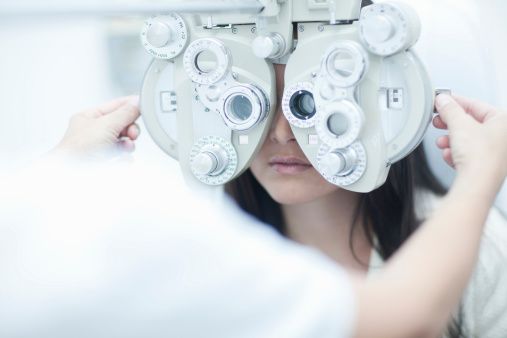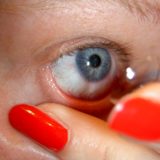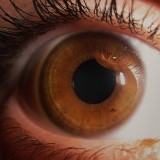Who in the World has the Worst Vision Problems?
As Americans, we are addicted to our smartphones and tablets. We stare at large screen televisions and computers all day long. So, I wondered, as compared to the rest of the world–do we have really bad eyesight?
Apparently, it’s not that bad.
In fact, a study on nearsightedness conducted by the Australian National University found that vision problems (myopia in particular) are far more common in East Asian countries with up to 90% of young adults in countries like: China, Taiwan, Singapore, South Korea, and Japan showing signs of nearsightedness.
The bigger question for these researchers goes back to the age old, nature versus nurture debate. These scientists wondered if the vision struggles for people in this part of the world were hereditary and indigenous to their ethnicity or if they were a result of their lifestyle.
Turns out, it’s likely that it’s nurture and not nature though. In Singapore, the nation that has the worst vision of every country on the globe, there were three different ethnic groups equally represented in the study: Indian, Chinese, and Malay. Because all three of these groups were impacted at the same rates, the study concluded that there was more likely a common environmental factor to blame.
In fact, more evidence on the side of nurture comes when you track the vision of Chinese children who have moved someplace like Australia where more exposure to bright sunlight is available. Chinese adults living here show lower rates of nearsightedness than those living in London or Singapore.
So, what is that damaging environmental factor? Is it their amount of screen time?
Researchers in Australia thought not. They concluded instead that the myopia developed in these Asian populations had more to do with the intense amount of pressure on Asian children to succeed in school and how this led to, not only increased amount of time spent staring at pages of books, but also to decreased amount of time spent outdoors and looking around, exercising their distance vision.
So, there’s a good chance that as reading and screen viewing habits change globally, the label of “worst vision in the world” may befall a new nation or people group. As for now, if you want to make sure your children don’t develop myopia too soon, take a cue from what these scientists learned from the school children and encourage your child to take frequent and regular breaks for their eyes where they head outside and get some natural sunlight too.















